
IN THIS POST
This at home strength training guide is perfect for you as a beginner.
You’ll come away knowing exactly what you need to do to hit the ground running and be on the path to making progress ASAP.
Make sure you pin this and tell a friend to tell a friend. 💪🏾

Intro: Strength training at home for beginners
You, a pair of dumbbells, and a little bit of floorspace–
That’s the only “gym” you need to get started with strength training at home as a beginner.
I can speak to this personally.
As of April 4th, 2024, I’ve been to the gym maybe three times in the past two years.
I know, I know.
I’ve basically been lighting money on fire paying for a gym membership this whole time.
But being able to workout from home has been clutch AF from a time perspective.
I simply wake up, roll out of bed, get a quick workout, then go on about my day.
Let’s get into how you can do the same.
By the way, make sure you stick around until the end because I have a totally free 12-week dumbbell workout plan for you to download.
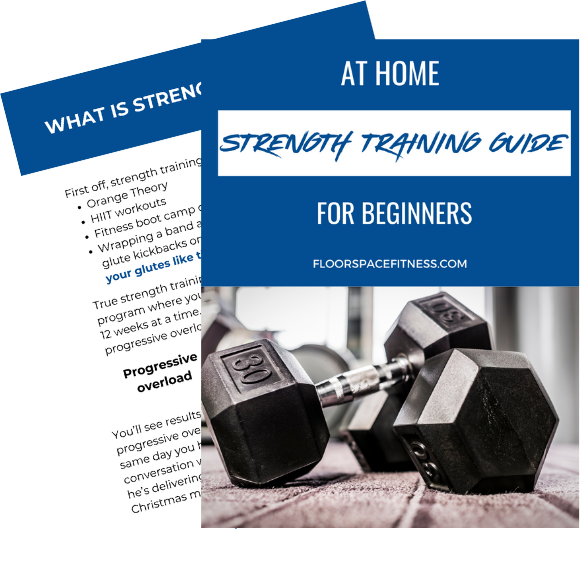
What is strength training?
Simply put, strength training = lifting weights.
It does not include things like things like:
- HIIT workouts
- Orange Theory
- Fitness boot camp classes
- Pilates or yoga
- Glute kickbacks on the StairMaster with a band wrapped around your legs (This is what you need to do if you want your glutes to grow)
You have to be on an actual program (things won’t work without a plan!).
You do the same batch of workouts for 4-8, maybe even as much as 12 weeks at a time.
Some people hire a coach to get all the guesswork taken out of their workouts (I might just know someone 😉).
No matter whether you decide to hire a coach or go it alone, you should be aware of the #1 strength training rule.
The workout bus starts and stops right here.
If you don’t apply what I’m about to share with you, birds will swim in the ocean before you see results.
Aka gradually increasing the amount of weight you lift over time.
This is the stimulus your body needs to make progress.
Let’s say you start off at 50 pounds on squat.
To keep seeing results, you’d have to make your way up to 52.5 pounds, then 55 pounds, 60 pounds, and so on.

Why lift weights, anyway?
It improves body composition
Let’s be real, one of the reasons a lot of people (including myself 🙋🏾♂️) lift weights is to look and feel good naked.
We all want that “I’m sexy and I know it” feeling when we step out of the shower and look in the mirror.
We want to think to ourselves “Damn, I’d hit on me if I were someone else.”
I want you to imagine this:
Your current physique places you at point A.
Point B is the physique you’ve been craaaaving to achieve. 😩
It’s the one that’s toned, more defined, and has a fitter look to it.
Just how are you going to get from point A to point B though?
Strength training.
(Along with a solid nutrition game plan).
No, lifting weights won’t make you all big and bulky (Ladies, I’m talking mainly to you here!).
You need weight lifting to build and retain muscle.
Muscle = more fat loss.
Related: To the lovely ladies out there, that toned look you’re after? It requires lifting HEAVY weights.
It boosts confidence and resilience
Strength training does a whole lot more than boost your confidence in how you look.
It boosts your mental confidence too.
When you push through tough workouts.
When you challenge yourself to get stronger by lifting heavy weights.
When you dig deep, grit your teeth, and get things done, regardless of the fact you don’t feel motivated some days to do so–
You build an unbreakable discipline and confidence in yourself.
You develop an indestructible resilience.
You come to realize, “Yeah, things might be hard sometimes but I know I have what it takes to push through and get done what I know needs to be done.”
And guess what?
That “I can do anything I put my mind to” attitude doesn’t just start and end with your workouts.
It carries over into every other area of your life.
It makes for stronger bones
Your bones become weaker as you get older, which increases your risk of fractures.
As luck would have it, strength training improves bone density.
Ladies, this is the second time I’m calling you out in this article. 😂
But it’s for good reason.
From a bone density standpoint, lifting weights is EXTREMELY important for you.
You have a muuuuch higher risk of developing osteoporosis than men.
Muscle and strength are functional

So many activities in your daily life (that you probably take for granted) involve functional movements—
Lifting a box over your head. Squatting down to pick something up. Twisting and turning. Carrying your kids and their diaper bags, bringing in groceries, etc.
Welllll…
Your ability to perform functional movements like these only decreases as your hair starts turning gray.
You get older, which means losing strength and a little bit of muscle (roughly 3-5% every decade after age 30).
However, lifting weights can help offset strength and muscle loss, allowing you to maintain your independence as you age.
You’ll also be able to stay active later on in life and keep the weight you lose off.
Why dumbbells are the best piece of equipment for home workouts
Earlier I said all you need are floorspace and some dumbbells.
Why dumbbells, you ask?
You work more muscles
With dumbbells, your stabilizer muscles (that don’t get nearly the shine they deserve) work to help you balance the weight due to it being unequally distributed.
You don’t have to worry about this with barbells. You simply press the weight up and bring it down.
They can help correct muscle imbalances
When lifting with a barbell, both sides of your body work in unison to get the weight up, so your stronger side can compensate for your weaker side.
Conversely, since each arm works separately as they do with dumbbells, both arms have to do the same amount of work.
By the way, if you want more help correcting muscle imbalances, try this:
Let’s say you’re performing 8 reps of dumbbell bench press.
After you get done with 8 reps using both arms, rest for 15-20 seconds.
Then crank out 2-3 more reps with just your weaker arm.
They’re super versatile
When it comes to workout equipment, at home especially, there isn’t one better.
You can get a solid workout virtually anywhere as long as you have some dumbbells.
They offer a greater range of motion
Take an exercise like incline bench press.
When using a barbell or machine, you have a shorter range of motion.
You can only go as far down as your chest.
Dumbbells, on the other hand, allow for a greater stretch at the bottom of the movement, which can help you target your muscles more effectively.
How to start strength training at home
Here are 8 tips to help get you started with strength training at home as a beginner. 💪🏾
1. Familiarize yourself with “workout-speak”
You know that Charlie Brown teacher?
The one who always sounded like—
Wah wah wah wah wah wahhhhh.
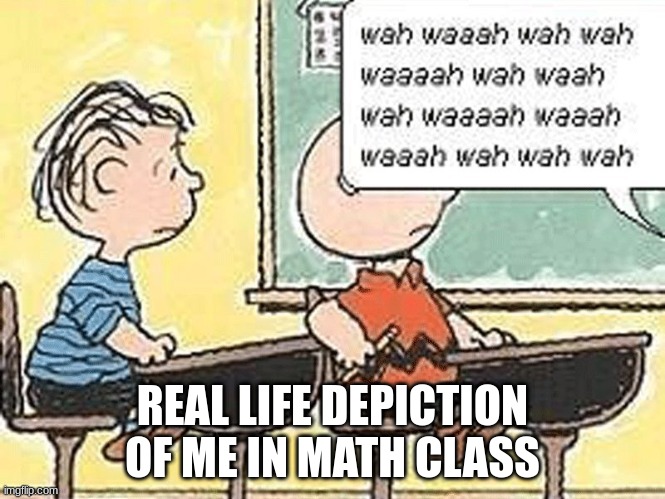
I don’t want the same for you when it comes to strength training so let’s talk basic workout language.
Here are some common terms you want to be familiar with:
Rep (or repetition): Performing an exercise one time.
For example, one rep on bench press would be:
- Lowering the weight down to your chest then pressing the weight back up.
2 reps would look like this:
- Lower the weight down to your chest and press up
- Lower the weight down to your chest and press up
3 reps would look like this:
- Lower the weight down to your chest and press up
- Lower the weight down to your chest and press up
- Lower the weight down to your chest and press up
And so on…
Set: A cluster of reps.
For example, lowering the weight down to your chest & pressing the weight back up 6 times would be one set.
Once you get done with your set, you would then take a rest.
Let’s put these two terms (sets and reps) together now.
Here’s what 3 sets of 6 reps looks like:
- Perform 6 reps, take a rest
- Perform 6 reps, take a rest
- Perform 6 reps, take a rest
Superset: You perform a set of one exercise and then without any rest jump right into a set of a second exercise.
Once you are done with a set of each exercise, that’s when you rest.
For example, let’s say you see this in the workout plan:
- 1A.) Romanian deadlift: 3 sets x 8-10 reps
- 1B.) Single leg glute bridge (each leg): 3 sets x 6-8 reps
You would perform a set of Romanian deadlift first (the “A” exercise) and without rest do a set of single-leg glute bridges (the “B” exercise).
Then you rest.
2. Pick a workout schedule you can stick to
Don’t bite off more than you can chew.
Results come from being consistent and the only way to do that is by choosing a workout schedule you can actually maintain.
I’d recommend either a 3 or 4-day-a-week workout routine.
If you decide to go with 3 days, you can break out your workouts like this:
- Monday: Lower body
- Wednesday: Upper body
- Friday: Total body
If you want to workout 4 days a week, I’d go with an upper/lower split, which could look like this:
- Monday: Lower body
- Tuesday: Upper body
- Thursday: Lower body
- Friday: Upper body
You don’t have to choose the same exact days I did.
There are a few things I want to point out with your workout schedule:
A.) Don’t workout 3 days in a row, no matter what plan you go with. Your body needs time to rest and recover (that’s actually when you make progress) and you won’t give it the necessary time it needs by doing that.
B.) If you decide on 3 days a week, always have a rest day before doing a total body workout.
For example, if you did an upper body workout on Wednesday you’d wait until at least Friday at the earliest for your full body workout.
C.) A workout schedule is more than just the number of days a week you’ll workout.
We’ll cover some more questions you probably have about strength training as we move along but I’ll touch on one here now.
How long should your workouts last?
30 minutes-an hour workout is ideal, maaaaybe 90 minutes if you have the time for it and that’s how you’re able to lift the most weight possible.
Just don’t think longer or more = better.
Better = lifting as much weight as you can given the exercise and keeping workout intensity high.
Doing 2 hour+ workouts and having 10 different exercises is just way too much.
You won’t be able to attack each set with the intensity you need to see progress.

3. Prioritize form > everything

You’re not a fish out of water!
You shouldn’t be flailing all over the place and using a bunch of momentum just to get the weight up.
Pick a challenging weight that allows you to still perform all reps with proper form.
You won’t lift the same amount of weight for every single exercise (I.e. you’ll be able to lift more weight squatting than you would performing biceps curls).
I don’t care if you start with a 2.5 pound dumbbell.
It’s not about where you start, it’s about where you finish.
So you pick up that 2.5 pound dumbbell and lift with everything you have.
You’ll build from there and get stronger than you ever thought possible if you just stick with it, I promise.
It’s better to choose a weight you can lift with proper form than lift with your ego and potentially get injured.
That’s what you’re setting yourself up for when you try to lift too heavy.
By the way, if you’re unsure of the correct form for a given exercise, Google is your strength training BFF.
4. Take time to rest between sets
There’s a time for cardio and it’s not when you’re strength training.
If you want to get the most out of your workouts, do more of this:

Rest.
Rest.
Rest.
I know you probably feel like having a good workout means taking as little rest as possible and sweating so much it looks like you just took a run out in the rain.
But that’s just not what defines a good strength training workout.
A good strength training workout is defined by lifting as much weight as you possibly can for a particular exercise.
Not taking rest between sets holds you back from doing that.
As a general rule, rest somewhere between 2-3 minutes between each set.
That’s just a guideline though.
You should rest long enough so that you can hit your next set full-throttle, with everything you’ve got, and lift as heavy as you can.
So if you need more than 2-3 minutes to fully recover, take it.
5. Challenge yourself during your workouts
Lack of effort = lack of results.
You have to be willing to put yourself in uncomfortable situations if you want to see progress.
By uncomfortable situations, I mean pushing yourself during your sets 1-2 reps shy of failure.
This isn’t meant to be easy.
If it were, everyone and their mom would be in line ready to sign up for the results strength training provides.

6. Ditch the combo moves
Combo moves are when you combine two strength training exercises into one (I.e. lunges into bicep curls and squat into shoulder press).
Some people say they’re a real time-saver and will give you the best of both worlds in your workouts.
They give you two worlds alright.
But one of your worlds has to suffer.
Let’s look at lunges into bicep curls.
You can lunge more weight than you can curl so your legs won’t get what they need out of the exercise.
Or take squats into shoulder press.
You have to choose a weight you can shoulder press but that takes away from your squat.
Rather than try to do a ton of moves and exercises at once, just do them separately.
You’ll be able to properly load the muscle group you want to work and see better results because of it.
7. Don’t have an all-or-nothing mentality with your workouts
If you don’t have time for a complete workout, here’s what NOT to do–
Throw your hands in the air, say screw it, and do nothing.
That’s all-or-nothing thinking and it should be left out in the freezing cold.
Related: 10 mindset shifts for weight loss.
Any positive number is greater than zero, right?
That’s how you should be thinking about your workouts.
If you’re crunched for time, say to yourself:
“It doesn’t matter if I only have 10 minutes today, something is ALWAYS better than nothing.”
.
8. Get on an actual program
I mentioned this in the very beginning but it’s so important it’s worth repeating.
Choosing a random set of exercises or doing random workouts won’t deliver the outcome you want.
This is what will: Being on a legit strength training program.
If you don’t want to leave your workouts up to chance, give my free 12-week dumbbell workout plan a try.
The program has both 3 and 4-day-a-week options so you can choose the workout routine that best fits your schedule.
As a preview, here’s a sample workout from the program that will deep fry your body like an order of onion rings:
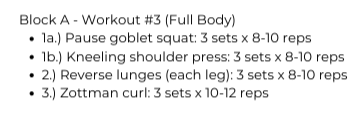
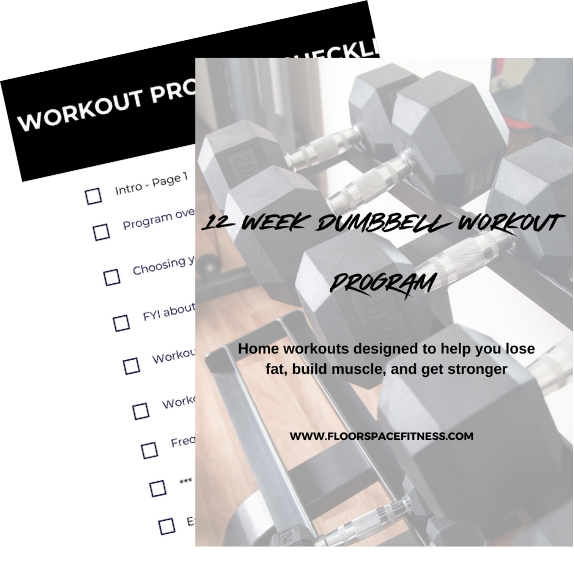
Wrap-up
You’re up to speed on strength training at home as a beginner.
You know:
- What strength training is
- The benefits of lifting weights
- Why dumbbells are a great piece of workout equipment
- Tips to start strength training at home
You even have a free 12-week workout program to get started with your workouts immediately.
Have any questions?
Let me know in the comments below. 💪🏾

What's up?
I’m Chad, I’m happy you’re here! I’m a certified personal trainer and my goal is to help you form practical, sustainable habits that lead to lifelong fitness results. If you want to lose fat, build muscle, and live a healthier, happier life then you’re right where you need to be. 💪🏾
Free resources
⬇⬇⬇


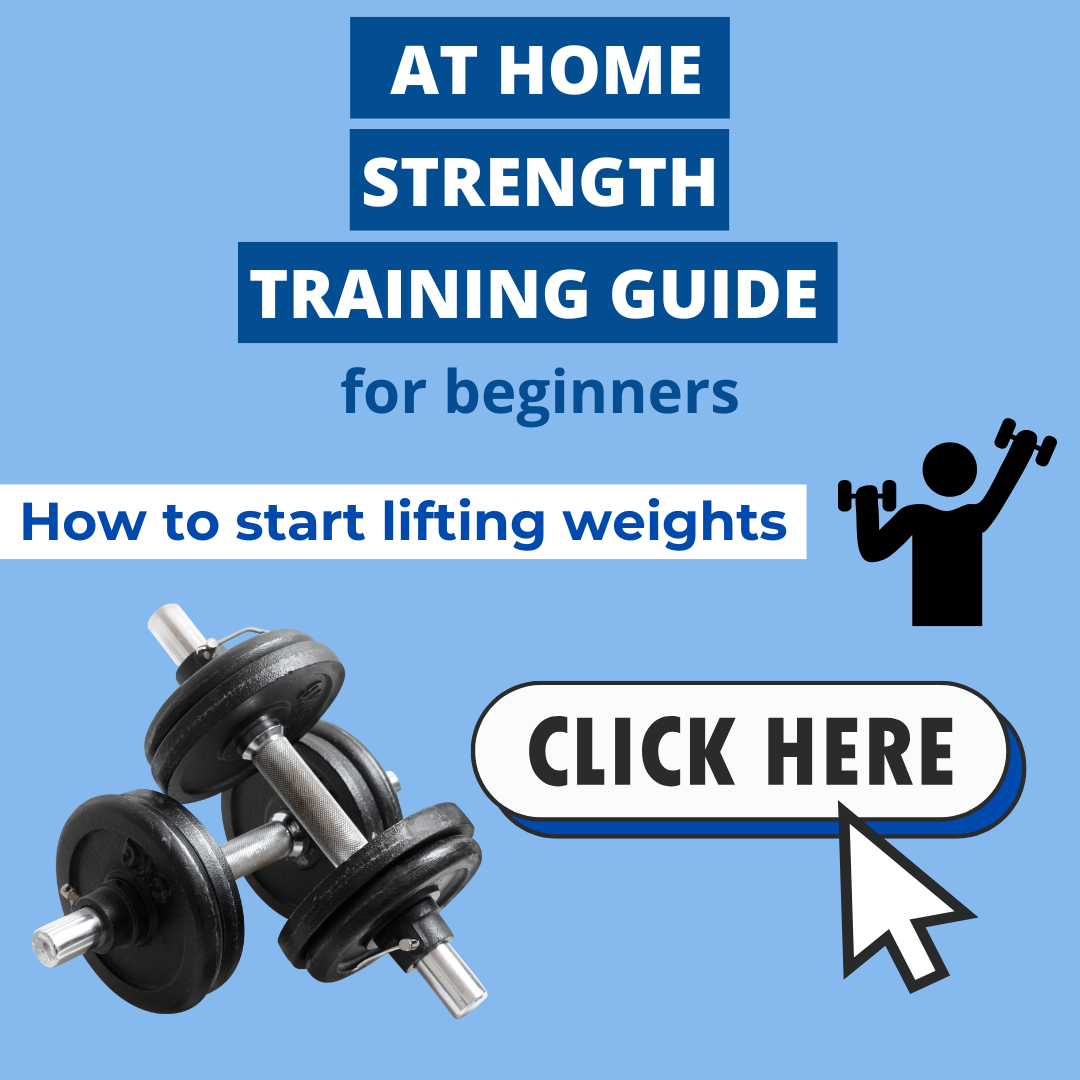
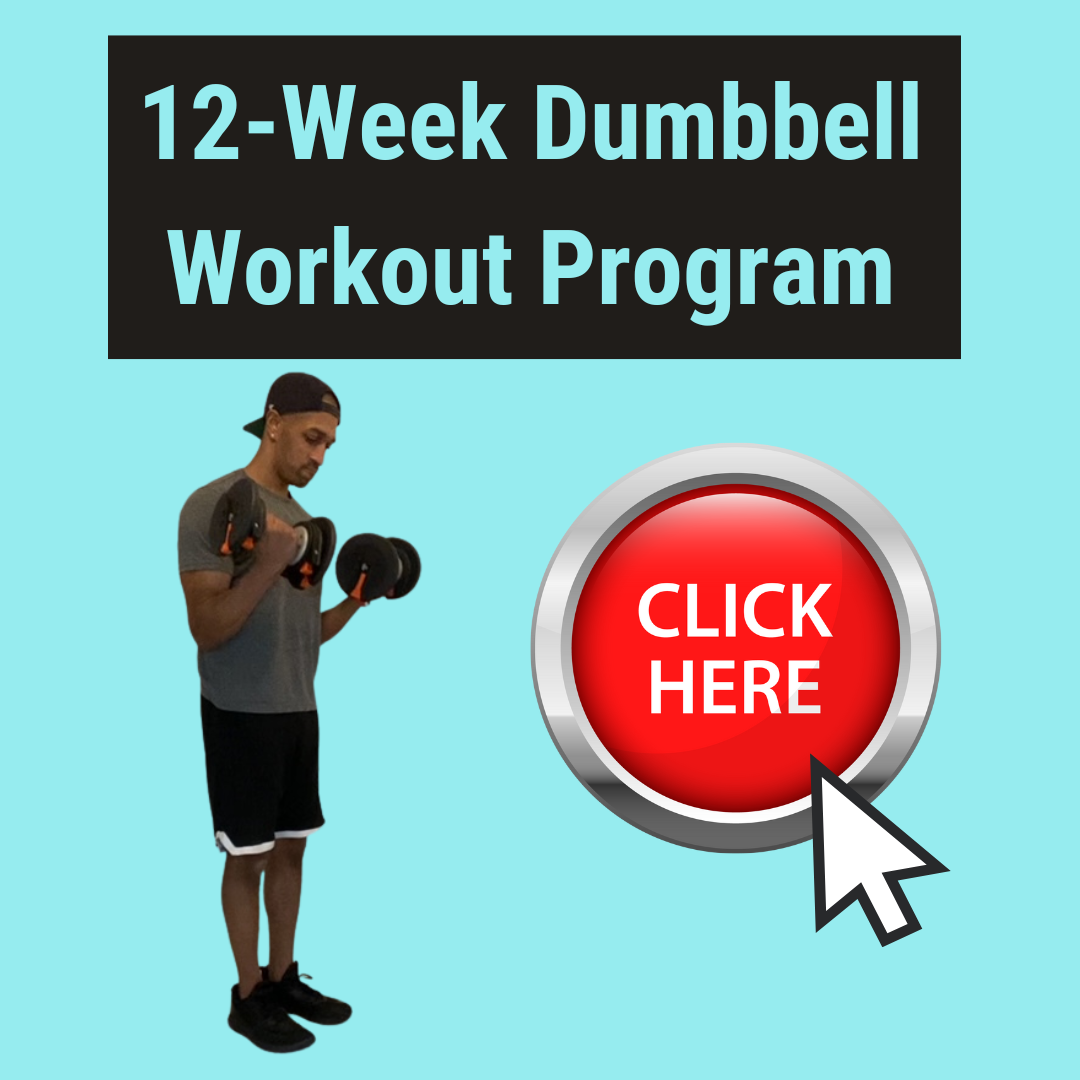

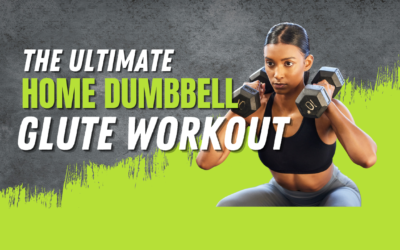
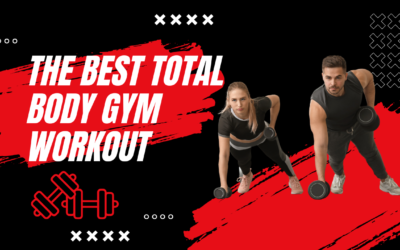
0 Comments